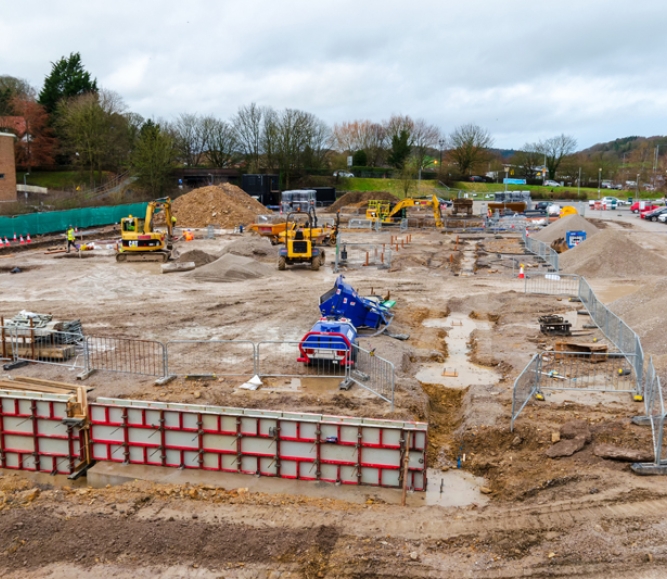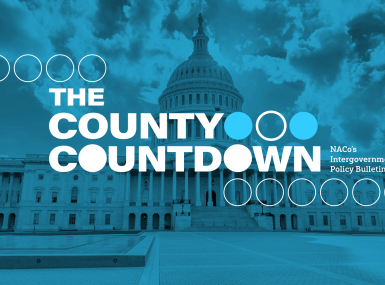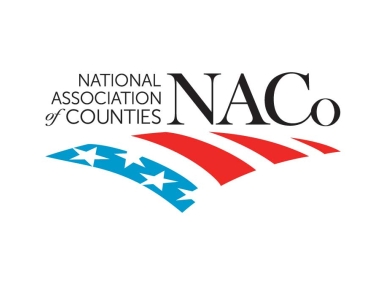House and Senate committees advance reauthorization legislation for NOAA’s Digital Coast program
Author

Charlotte Mitchell Duyshart

Andrew Nober
Upcoming Events
Related News

Key Takeaways
OCTOBER 21 UPDATE: On October 21, the U.S. Senate Committee on Commerce, Science and Transportation favorably advanced the Senate's companion reauthorization bill (S. 2245) out of committee. The Digital Coast Reauthorization Act now awaits a floor vote in both chambers of Congress.
On September 17, the U.S. House Natural Resources Committee unanimously passed the bipartisan Digital Coast Reauthorization Act (H.R. 4256), which would reauthorize the Digital Coast program through 2030. Advancing reauthorization for this program is vital to counties as it provides accurate, comprehensive information for coastal management and planning to communities across the country. The bipartisan reauthorization bill was introduced by Reps. Rob Wittman (R-Va.) and Dave Min (D-Calif.)
What is the Digital Coast program?
The National Oceanic and Atmospheric Administration’s (NOAA) Digital Coast program provides coastal mapping and environmental data to the public through a collaborative online tool that combines data from hundreds of public and private partners — including dozens of participating counties. NOAA additionally hosts training programs to ensure local users can leverage the full benefits of the initiative. NOAA first introduced Digital Coast in 2007 as an online platform for coastal management data. In 2020, President Trump signed the Digital Coast Act (P.L. 116-223) which designated Digital Coast as a congressionally recognized program. NACo strongly supported this action.
How does Digital Coast help counties?
Coastal counties need access to useful, high-quality data as they manage their water resources. Digital Coast is a successful program that helps counties make informed emergency management, environmental planning and infrastructure siting decisions by acting as a comprehensive source for coastal data. Reauthorizing the Digital Coast program ensures that counties will continue to have access to the data and resources local leaders need to be effective decision makers for their communities.
Next steps and additional information
The Digital Coast Reauthorization Act now awaits a floor vote in the U.S. House of Representatives before heading to the U.S. Senate for further consideration. NACo will continue to advocate for passage of this legislation.
NACo is a member of the Digital Coast Partnership Advocacy Coalition and works to connect counties with Digital Coast resources. More information about NOAA’s Digital Coast program can be found here.
Advocacy
EPA announces up to $14 million for brownfields job training program
On July 23, the U.S. Environmental Protection Agency (EPA) announced its Notice of Funding Opportunity (NOFO) for $14 million through the Fiscal Year (FY) 2026 Brownfields Job Training Grants Program. This program helps communities impacted by brownfield sites—blighted, contaminated properties—build local workforces to support site cleanup and redevelopment.

Related News

County Countdown – Dec. 1, 2025
Every other week, NACo's County Countdown reviews top federal policy advocacy items with an eye towards counties and the intergovernmental partnership.

Counties Celebrate Key Permitting Inclusions in SPEED Act
NACo issued the following statement in response to the passage of the Standardizing Permitting and Expediting Economic Development (SPEED) Act (H.R. 4776), which advanced out of the U.S. House Committee on Natural Resources on November 20.

House Natural Resources Committee advances Standardizing Permitting and Expediting Economic Development (SPEED) Act
On November 20, the U.S. House Committee on Natural Resources advanced the Standardizing Permitting and Expediting Economic Development (SPEED) Act (H.R. 4776), which would make important changes to streamline federal permitting and strengthen county involvement in decision-making by amending the National Environmental Policy Act. Counties support commonsense permitting reforms, and NACo secured provisions in the SPEED Act that would guarantee counties a seat at the table during federal environmental reviews.